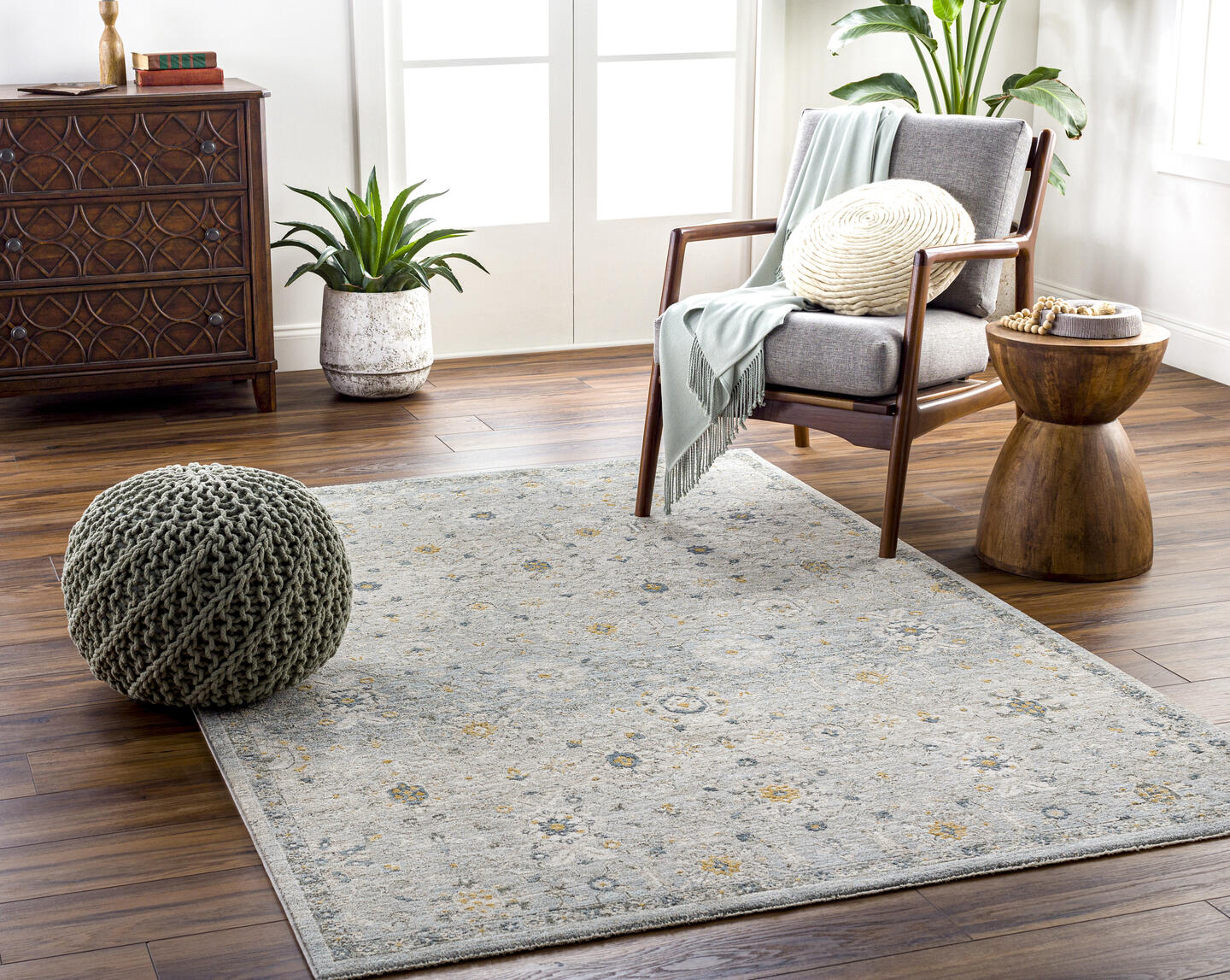The bold and vibrant colors of Kazak rugs are a testament to the cultural richness, artistic expression, and storytelling traditions of the Caucasus region. From the deep reds symbolizing tradition to the blues reflecting the skies, each color serves a purpose beyond its visual appeal. As these rugs find their place in contemporary interiors, their ability to transform spaces into visual feasts speaks to the enduring legacy of craftsmanship and the timeless allure of Kazak rug designs. Embracing the vibrant colors of Kazak rugs is not just a design choice; it’s a celebration of heritage, culture, and the enduring beauty of handwoven artistry.
The Color Palette of Kazak Rugs:
- Red: The Heartbeat of Tradition: Red is undeniably the signature color of Kazak rugs. Deep, rich reds dominate traditional designs, symbolizing passion, strength, and vitality. This color is derived from natural dyes, often obtained from indigenous plants like madder root. Red serves as the heartbeat of tradition in Kazak rugs, connecting them to the cultural heritage and storytelling traditions of the Caucasus region.
- Blue: A Tribute to the Skies and Waters: Blue, another prominent color in Kazak rugs, pays homage to the expansive skies and flowing waters of the Caucasus. Ranging from deep indigos to vibrant blues, this color symbolizes depth, wisdom, and spirituality. The use of blue not only adds visual contrast but also creates a harmonious balance with the warm tones of red, evoking a sense of tranquility and connection to nature.
- Yellow and Gold: Symbolizing Sunlight and Prosperity: Yellow and gold hues found in Kazak rugs represent sunlight and prosperity. These colors, often derived from natural sources like saffron, bring warmth and radiance to the designs. Yellow symbolizes the life-giving energy of the sun, while gold conveys opulence and abundance. The inclusion of these colors reflects the weavers’ desire for a bright and prosperous future.
- Earth Tones: Connecting to Nature: Earthy tones, including browns and greens, are incorporated into Kazak rugs, grounding the vibrant palette with a connection to nature. Brown hues symbolize the earth and stability, while greens represent growth and fertility. These colors not only complement the bold reds and blues but also add a natural and organic element to the overall design.
- White: Purity and Spiritual Significance: White, though less prevalent, is strategically used in Kazak rugs to convey purity and spiritual significance. It serves as a canvas for the intricate patterns and motifs, allowing them to stand out prominently. White also represents the snow-covered peaks of the Caucasus mountains, emphasizing the connection between the rugs and the geography of the region.
Preserving the Artistry:
As we celebrate the bold and vibrant colors of Kazak rugs, it’s essential to recognize the efforts involved in preserving the artistry and craftsmanship behind these masterpieces.
Sustainable Practices: The use of natural dyes in Kazak rugs not only contributes to their vibrant colors but also aligns with sustainable practices. The reliance on plant-based dyes not only ensures the longevity of these colors but also supports eco-friendly and environmentally conscious weaving traditions.
Artisanal Craftsmanship: The vibrant colors of Kazak rugs are brought to life through the hands of skilled artisans. Supporting artisanal craftsmanship ensures the continuation of traditional weaving techniques and the preservation of the cultural heritage embedded in these rugs. By valuing the artistry behind each piece, we contribute to the sustainability of this ancient craft.
;Resize=(920,575))
